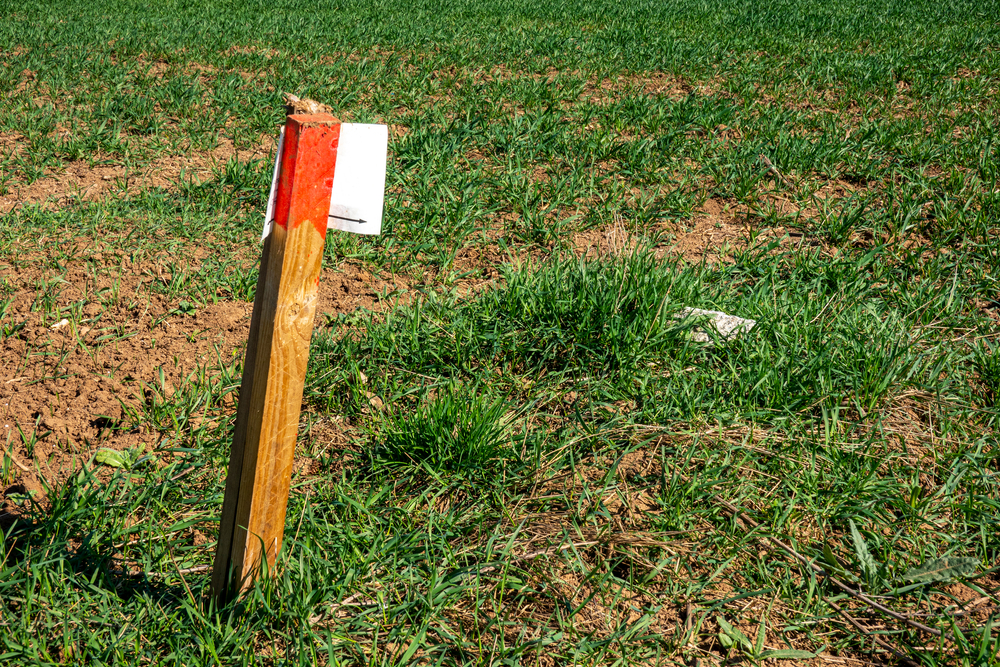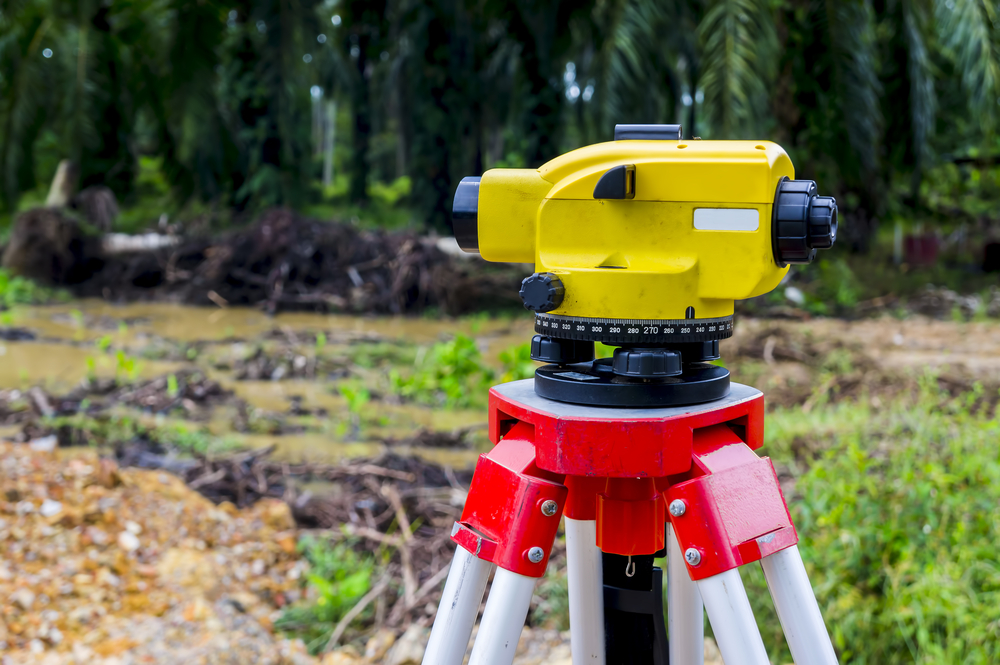Common Misconceptions About Boundary Surveys And How To Avoid Them

Boundary surveys play a crucial role in land ownership, property development, and real estate transactions. Whether you’re planning to build a new structure, subdivide your land, or resolve a property dispute, understanding the fundamentals of boundary surveys is essential. However, there are many misconceptions surrounding this practice, particularly in Texas, where property laws and land surveying regulations can be complex. These misunderstandings can lead to costly mistakes or legal complications. By understanding the truth behind these misconceptions, you can avoid common pitfalls and ensure your property is accurately and properly surveyed.
Misconception #1: Boundary Surveys Are Only Necessary When There Is A Dispute
One of the most widespread misconceptions about boundary surveys is that they are only necessary when a dispute arises between property owners. This could not be further from the truth. While boundary surveys are indeed essential in resolving disputes over property lines, they should not be viewed as a reactive measure. Boundary surveys are crucial before any significant property development or transaction. For example, if you’re planning to build a fence, construct a new building, or subdivide your property, a boundary survey is the first step in ensuring everything is in accordance with local zoning laws, property lines, and legal requirements.
In Texas, where land and property disputes can be common due to the state’s vast size and complex history of land ownership, a boundary survey ensures that you know exactly where your property lines are. This is critical not just for avoiding disputes with neighbors but also for staying compliant with local laws. Even if no conflict currently exists, having an accurate and professionally conducted boundary survey is essential for avoiding issues down the line, such as encroachments or illegal construction.
Misconception #2: A Title Report or Deed Is Sufficient to Determine Property Boundaries
Another common misconception is that a title report or deed is sufficient to determine property boundaries. Many homeowners and real estate investors rely on their deed or title report to know exactly where their property lines lie. However, these documents, while essential for proving ownership, do not always provide the level of detail necessary to establish precise boundary lines. A deed or title report may describe the property’s boundaries in legal terms, but it may not provide accurate measurements or account for changes in the land over time.
Land surveying in Texas involves much more than reading a title report. A boundary surveyor uses modern tools and techniques, including GPS technology, to measure and mark property boundaries with a high degree of accuracy. They will also take into consideration any physical features such as fences, trees, or roads, as well as historical boundary markers, which may not be included in the deed or title report. Relying on a deed alone may lead to inaccuracies or misunderstandings about where your property actually lies. Therefore, it’s important to hire a licensed boundary surveyor to ensure that you have the most up-to-date and precise information.
Misconception #3: All Boundary Surveys Are the Same
Some people mistakenly believe that all boundary surveys are identical or that one survey will be good enough for any future use. However, this is not the case. The type and scope of a boundary survey can vary depending on the purpose of the survey and the complexity of the property. There are different types of surveys, including residential, commercial, and agricultural surveys, each with its own requirements.
For example, in Texas, a survey for a simple residential property might only require basic measurements of the property lines, while a commercial boundary survey may need to account for easements, right-of-way access, and existing structures that affect the property. Additionally, if you’re purchasing a large piece of land or dealing with property that has been subdivided or altered, the survey process will be more detailed, often involving a deeper analysis of historical boundary markers and legal documents.
It is crucial to understand that not all surveys are created equal, and the surveyor’s expertise and the specific type of survey you need will depend on your goals. Always consult with a professional boundary surveyor who can explain the scope of the survey and ensure that you get the information you need for your particular situation.
Misconception #4: The Surveyor’s Job Is Just to Mark the Property Lines
Many people assume that the boundary surveyor’s job is simply to mark the property lines with stakes or flags. While marking the boundaries is certainly a part of the job, it is just one element of a much more complex process. Boundary surveys require a detailed understanding of legal descriptions, land history, and local regulations. The surveyor’s job goes far beyond placing markers; they are responsible for interpreting land records, conducting field measurements, and sometimes even researching historical documents to ensure the accuracy of the property lines.
A boundary surveyor must consider various factors, such as the physical characteristics of the land, historical land documents, previous surveys, and even possible encroachments. This means that the surveyor needs a deep understanding of local land laws, zoning regulations, and surveying techniques. In Texas, for example, the surveyor must also be familiar with the state’s unique land surveying history and legal requirements, including how to handle disputed or unclear property boundaries. Simply marking the property lines without a thorough investigation could lead to errors or oversights that might cause problems later.
Misconception #5: Boundary Surveys Are Only Needed for Large Properties
Another misconception is that boundary surveys are only necessary for large properties or those with complicated legal histories. Many homeowners with small plots of land might believe that they don’t need a boundary survey because their property is small or simple. However, this is a mistake. Even for smaller properties, boundary surveys can provide essential benefits. As mentioned earlier, a boundary survey can help prevent issues related to property disputes, zoning laws, and compliance with local regulations. It is equally important for small properties as it is for large tracts of land.
In urban areas, where properties are often closely packed together, even small discrepancies in property lines can lead to significant legal issues. For example, building a fence or adding a structure close to the property line without a boundary survey can result in encroachment or violation of setback laws. A boundary survey ensures that the property lines are clearly understood, which is vital for both development and future resale value. In Texas, especially, where property boundaries can be influenced by historical surveys or old survey markers, it’s a good idea to have a professional conduct a survey before proceeding with any land-related project, regardless of the property’s size.
Conclusion
Understanding the importance of boundary surveys and dispelling common misconceptions is essential for anyone involved in land ownership, development, or real estate transactions. Whether you’re working with a boundary surveyor in Texas or anywhere else, it’s crucial to approach the process with the understanding that surveys are not just for resolving disputes, and they go far beyond the basic task of marking property lines. By recognizing the value of accurate surveys, the differences between various types of surveys, and the true scope of the surveyor’s role, you can avoid common pitfalls and make informed decisions about your property. Ultimately, hiring a qualified boundary surveyor and ensuring a comprehensive survey will protect your land and your investment in the long term.
Need Land Surveyors in Texas?
At Smyth Surveyors, Inc., we offer professional, official, and dependable land surveying in Texas. Our staff are all trained and licensed with our owner holding an L.S.L.S license. We can offer surveying for gas and oil well locations, pipeline right-of-way acquisition and construction alignment, determination of original survey boundaries, title boundary surveys, topographic surveys, and construction staking. If you are looking for a surveying company that has a prestigious record and an impeccable reputation look no further than Smyth Surveyors, Inc. Contact us today to speak with one of our friendly project managers and set up some time with us!
